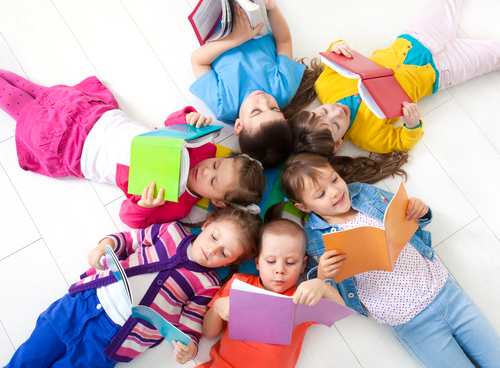I can take action to improve the water cycle in Canterbury
In this project I was working with Honor and Alicia and we decided to create a water filter.
Here is a link what we made. Water filter
In this project we decided that our success criteria were:
A good TV ad, water filter or Children’s Story needs...
|
Why is this important?
|
Needs to be able to produce drinkable water.
|
Because if the water is not clean bacteria spreads and people get sick.
|
Need to be strong.
|
So it doesn’t break and It can carry all the weight in it.
|
Needs to be long lasting.
|
So you don’t have to make new water filters all of the time.
|
Needs to have the right materials.
|
Because without the right materials the water filter wouldn’t work.
|
It needs to be able to work in different areas.
|
Because all water filters are built for different countries and areas.
|
Overall our project met/do not meet this criteria because...
Our project 1/2 met the criteria because it was strong, long lasting and has the right materials but it was not drinkable because the materials we used for example, charcoal, gravel and sand were not clean so the water would not come out clean and drinkable. Finally we haven't tried using it in different areas but we are not too sure if it would work because the water didn't come out clean on the first place.

